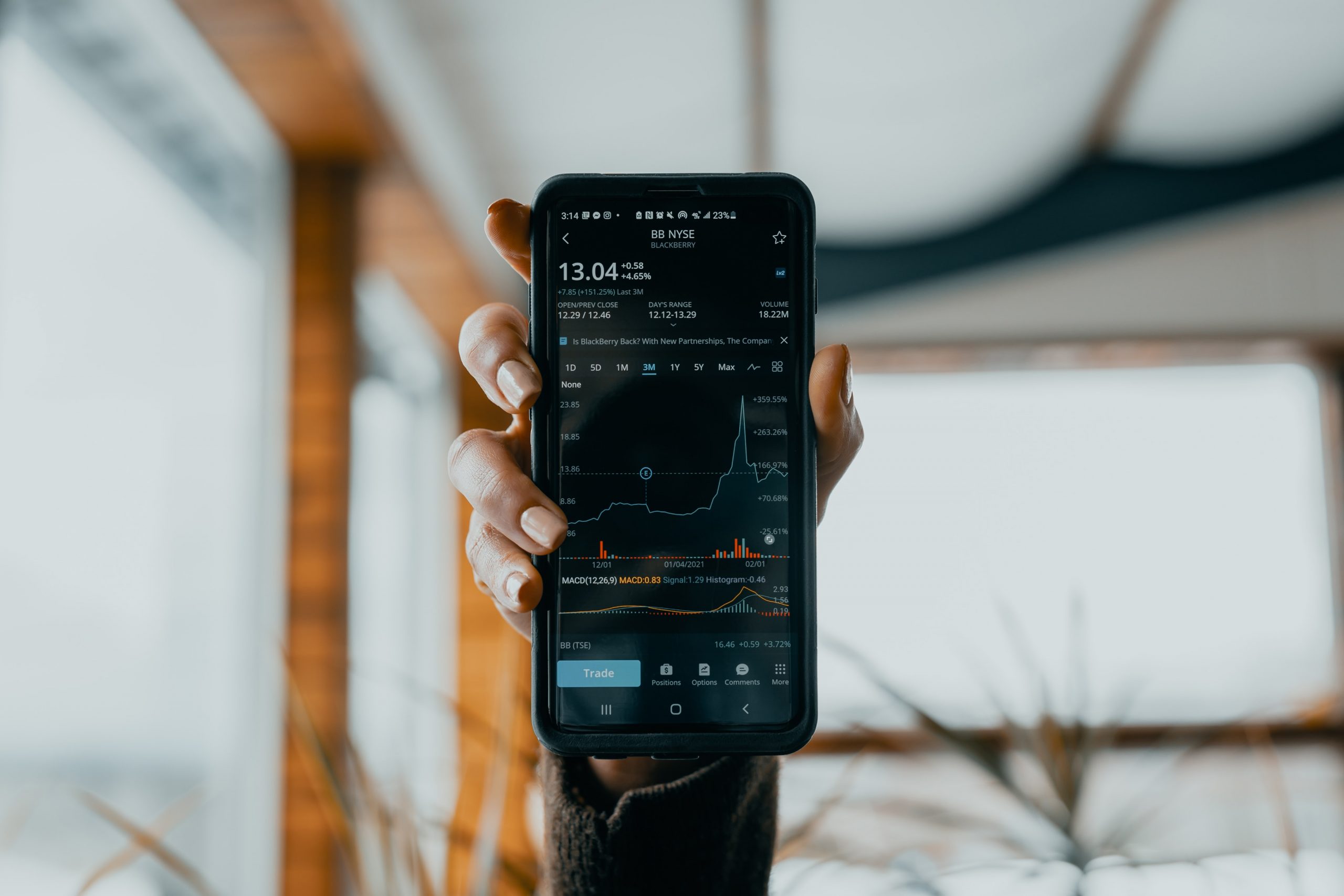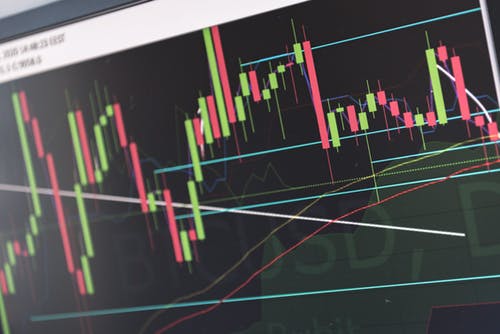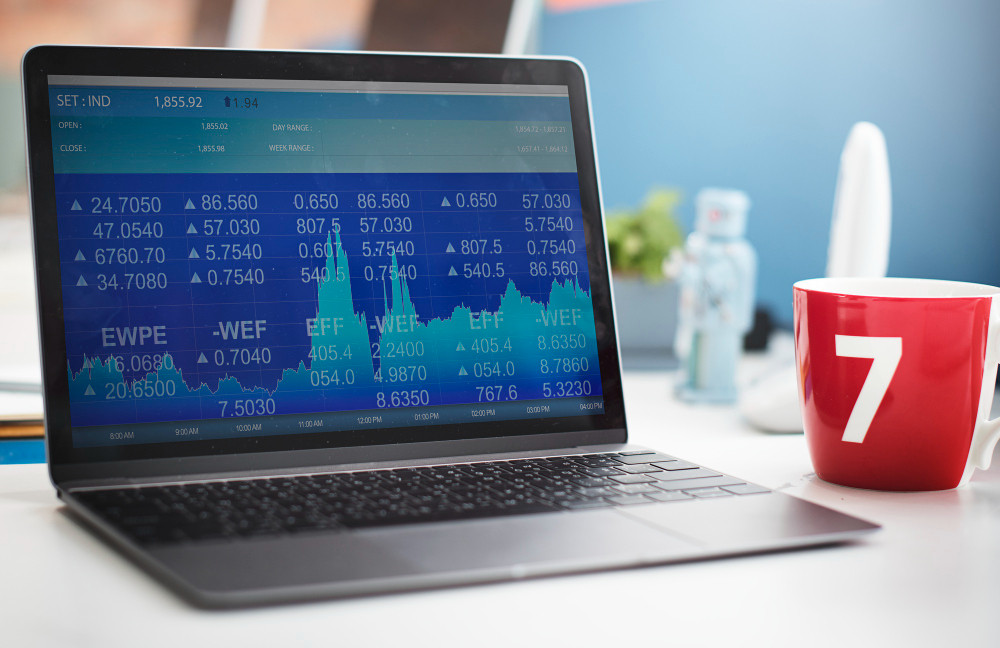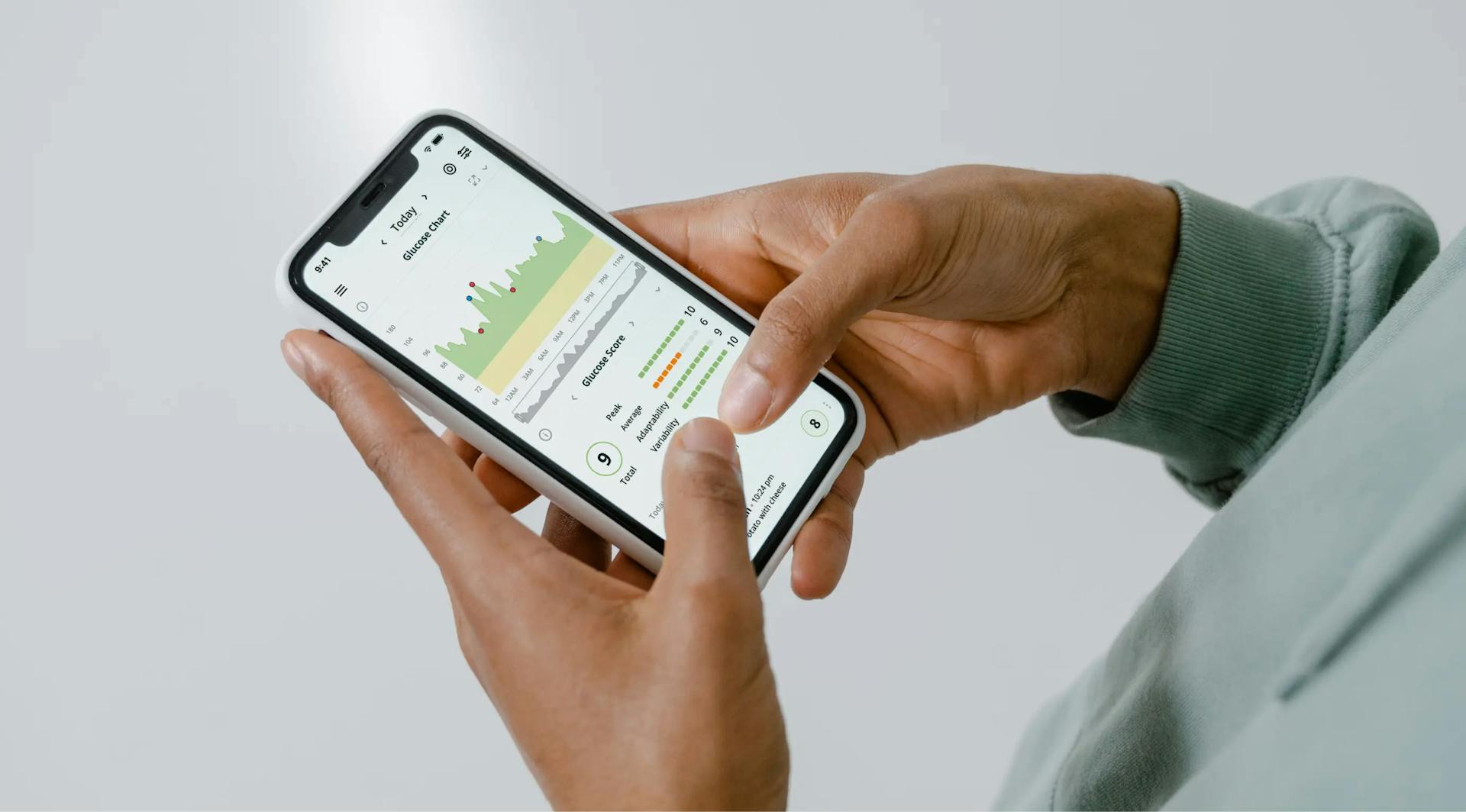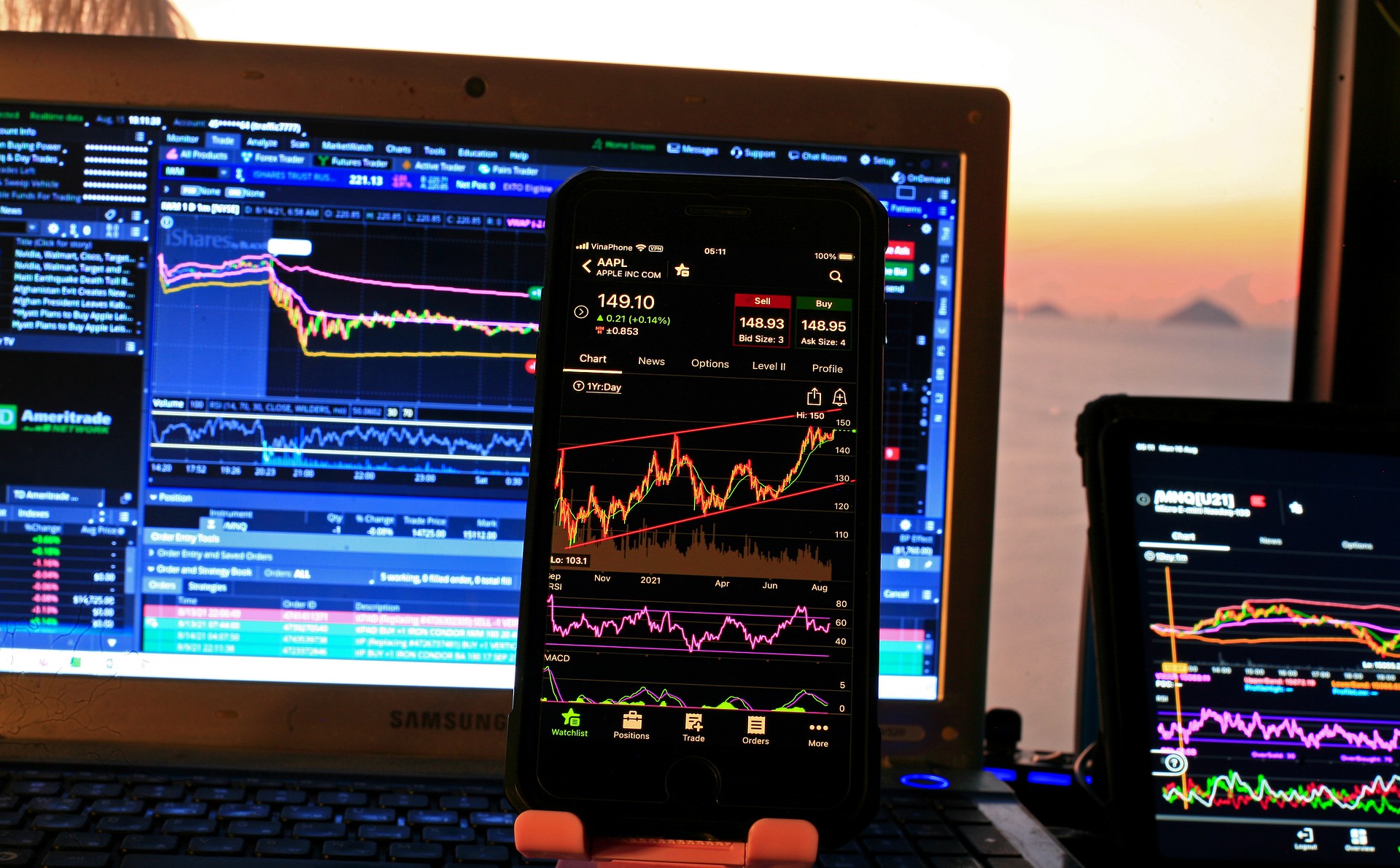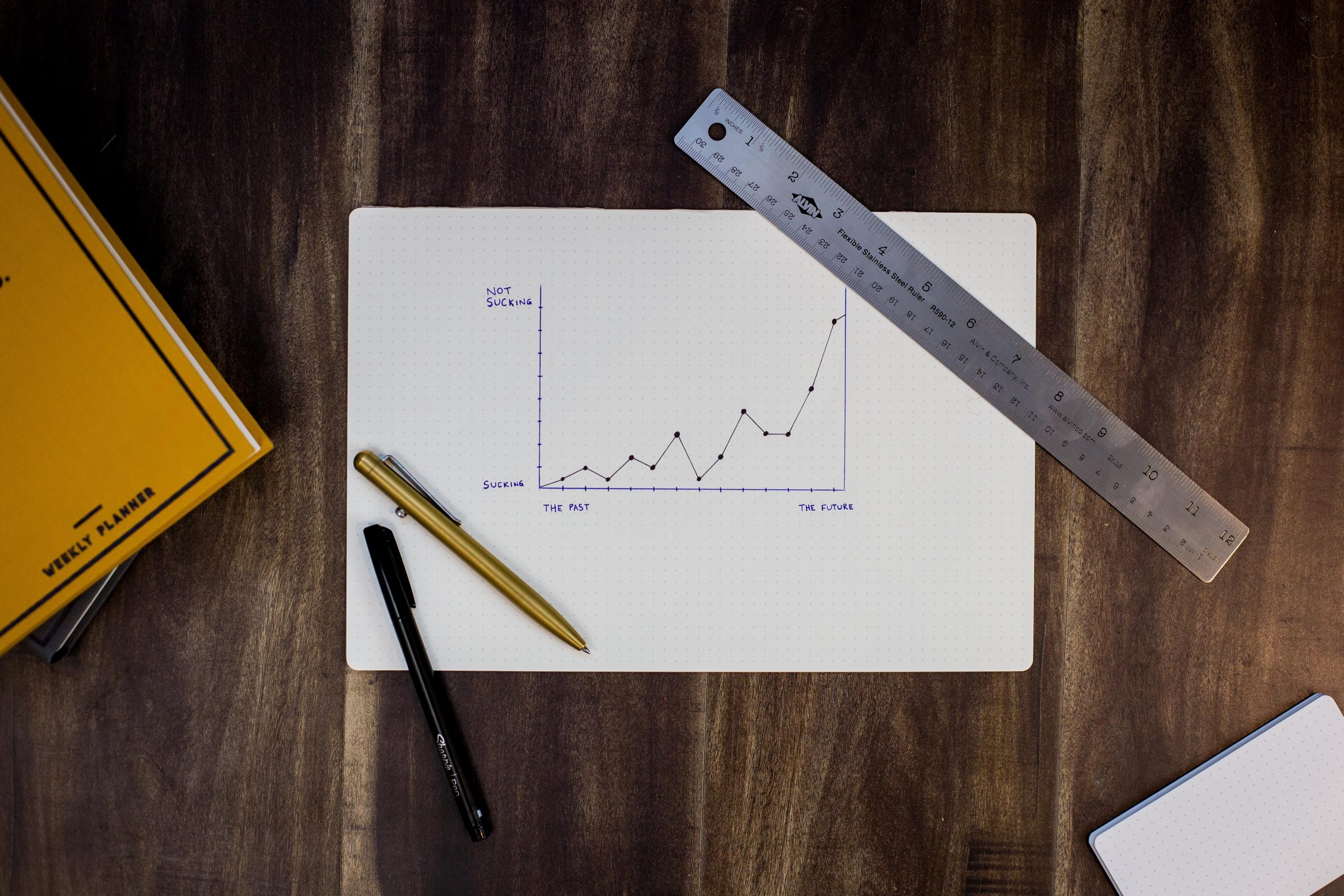8 common misconceptions about FX trading
No matter if you’re an experienced trader or just getting your feet wet, myths about the forex market are constantly swirling around you. These false beliefs could impact anybody, regardless of how long they have been involved in trading. Knowing the most common misconceptions surrounding forex can help traders avoid time-consuming irritations. Let’s take a […]
